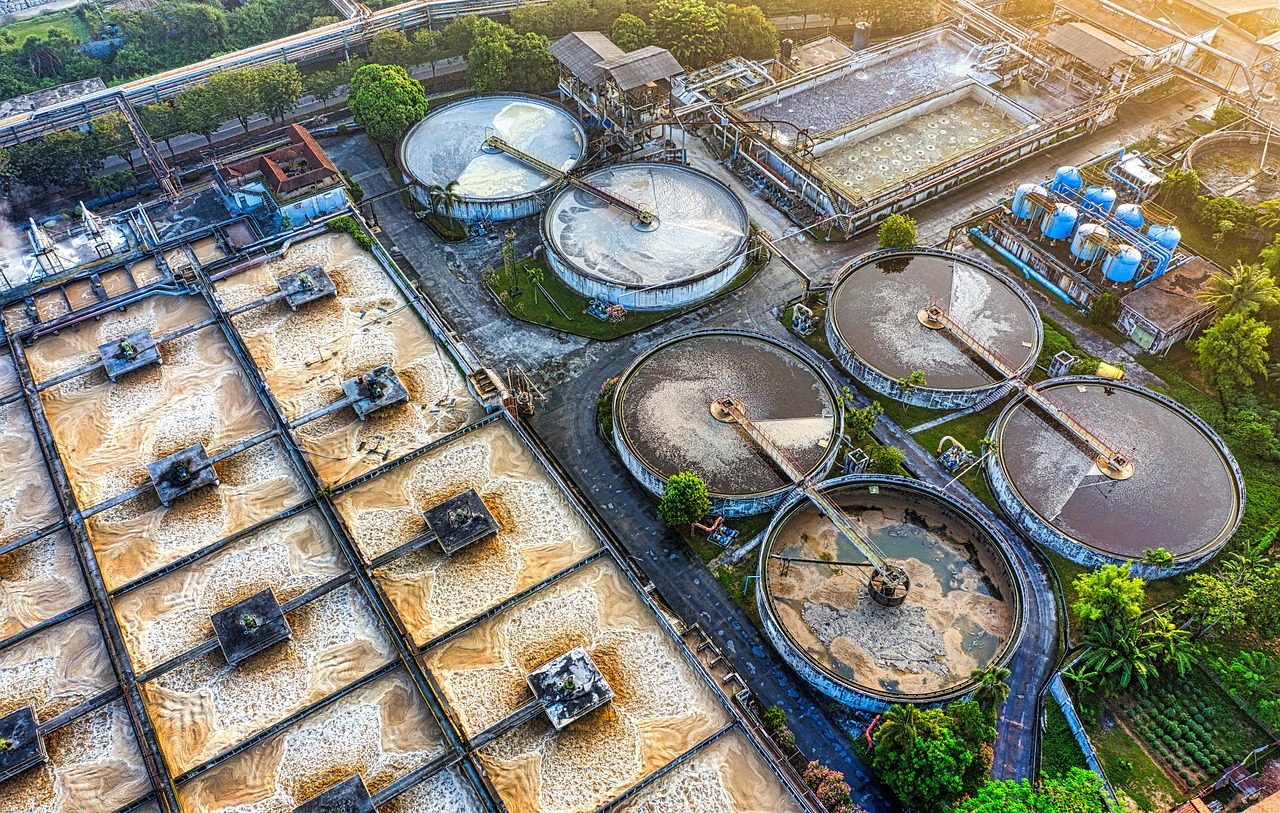
The desalination of seawater guarantees access to drinking water even in areas and times of water resource scarcity.
Desalination is a word that accounts for the act and consequence of desalination , indicates the dictionary of the Royal Spanish Academy (RAE) . Desalination , the theory goes, is the action carried out to remove salt from brackish water or seawater in order to make it drinkable or suitable for various purposes.
It is convenient to know that desalination has been pointed out as a possibility to be applied in areas of greater water stress and water scarcity , although there is still much to investigate, work on, experiment with and invest in pursuit of achieving less polluting results (it is estimated that, approximately, for every liter of drinking water produced, about 1.5 liters of residual substances harmful to the environment arise) and minimize costs and times linked to the desalination process.
In any case, it is interesting and useful to know what particularities a desalination plant has, what water treatment consists of, what methods are contemplated to carry out desalination and what importance this procedure has. For this reason, throughout this article we will share data related to how to obtain drinking water and the value of desalination , among other issues.
Types of desalination
When investigating what types of desalination exist, modalities that vary in techniques, development areas and other aspects gain prominence.
It is possible to distinguish, to point out some options, low-temperature desalination versus on-board desalination (ships) . There are even small-scale desalination actions (ideal for rural populations) and portable desalination systems (easy to transport and install, in addition to not requiring much maintenance and allowing costs to be reduced).
Solar desalination presents great potential, which could greatly contribute to the supply of fresh water in isolated territories or remote areas. Systems that use solar energy have already been designed for this: there is a direct variant where solar radiation is captured in a single device and desalination is carried out, and another indirect one that is appropriate for the industrial field. Two major technologies are recognized for the desalination of seawater : one is thermal and the other is based on membranes.

In desalination plants there is equipment and technology to remove impurities and salt from seawater.
Methods
Among the most widespread and internationally used methods to achieve desalination appears, for example, the option of thermal desalination , a process in which condensation and evaporation are key.
Reverse osmosis is also extremely common, which achieves the separation of salt and water by applying a pressure higher than the degree of natural osmotic pressure. Nor should the benefits of electrodialysis be overlooked, a modern alternative that continues to be analyzed and perfected. Photovoltaic electrodialysis , in particular, has been used by a group of researchers to develop a system that is powered by photovoltaic energy to desalinate brackish groundwater .
Freezing (disintegrating seawater inside a chamber that is refrigerated and operated at low pressure to obtain fresh water) and distillation are other desalination methods. Regarding this last procedure, we must differentiate between multi-effect distillation , vacuum distillation , thermal distillation , etc.
For some time now, there have also been experts dedicated to researching and testing clean technologies (such as deionization and chemical desalination based on diamine and carbon dioxide) to replace those currently implemented in desalination plants in the industrial sector. The idea is to achieve more efficiency, sustainability and a significant reduction in energy consumption levels.

With proper treatment and the most convenient methods, seawater can be transformed into drinking water.
Advantages of desalination
Desalination has a large number of advantages, but its limitations and disadvantages should not be ignored. The economic issue is not a minor detail, since according to the available budget will be the magnitude of the desalination plant that is put into operation, the equipment and the technology to be applied. It is necessary to consider, in this framework, what sources of financing there are and what the profitability of the bet is.
Neither are the environmental impact of desalination nor the quality standards that have been established for desalinated water items to ignore.
Of course, the advantages recognized in desalination processes and systems are important. In a global context of water scarcity and the need to take maximum care of water resources , this option makes it possible to obtain water of excellent quality suitable for human and animal consumption, as well as facilitating access to drinking water for millions of individuals.
In the words of desalination specialists, it is a tool that is established as sustainable in the long term because, by preventing the demand for fresh water that exists naturally from growing, it makes it feasible to ensure the water supply and can go projecting with great precision the availability of this vital resource. When desalination is carried out with the corresponding tools and protocols, it even benefits nature because, by reducing the demand on fresh water sources, these reserves are protected for considerable periods of time and thus the natural balance is respected and restored. .
